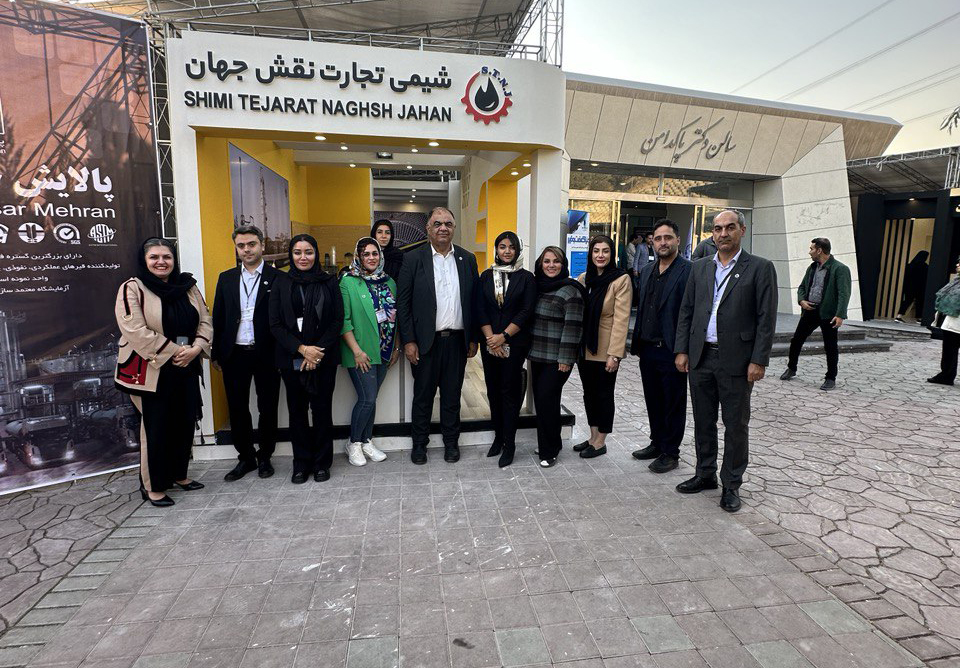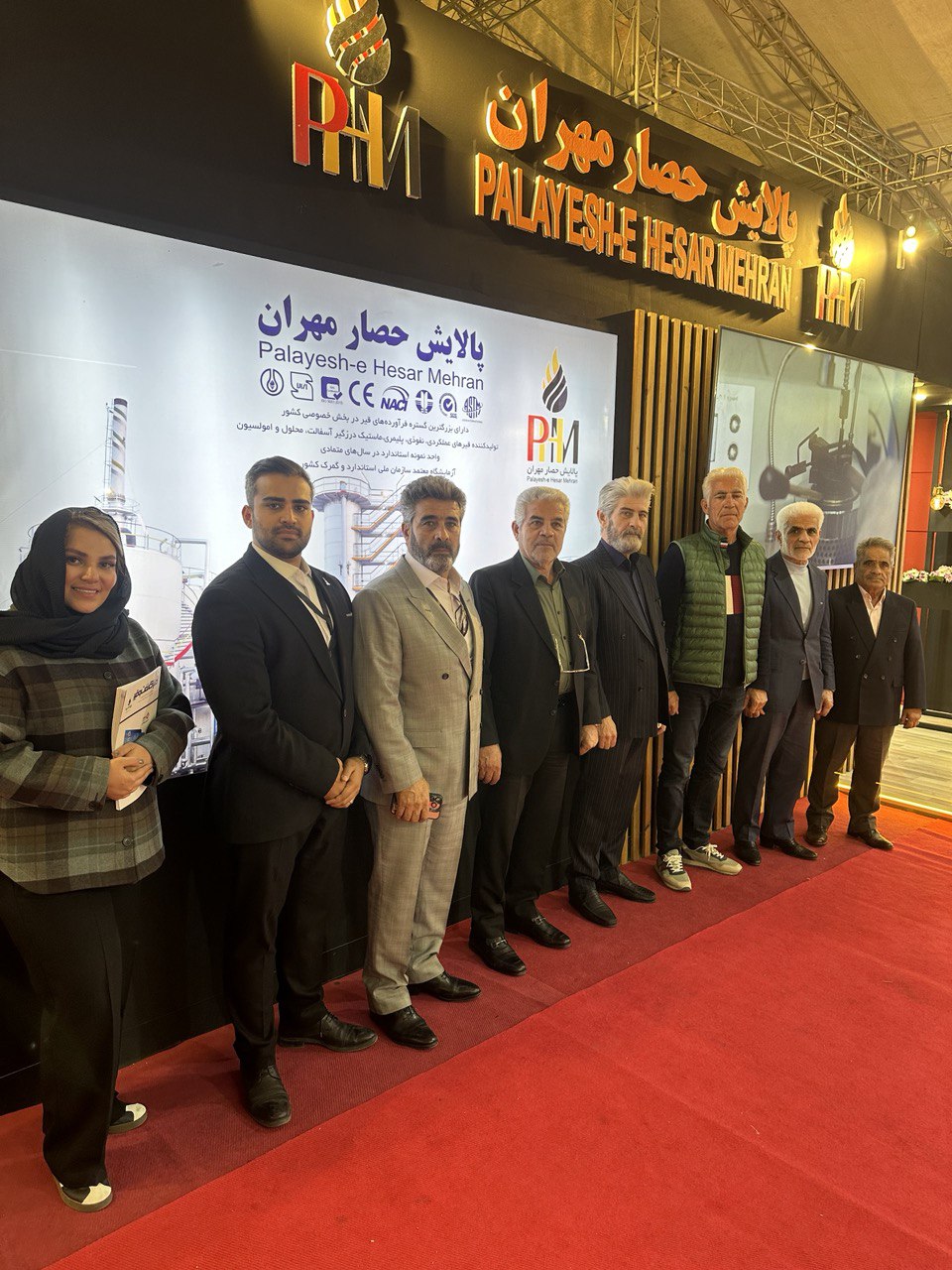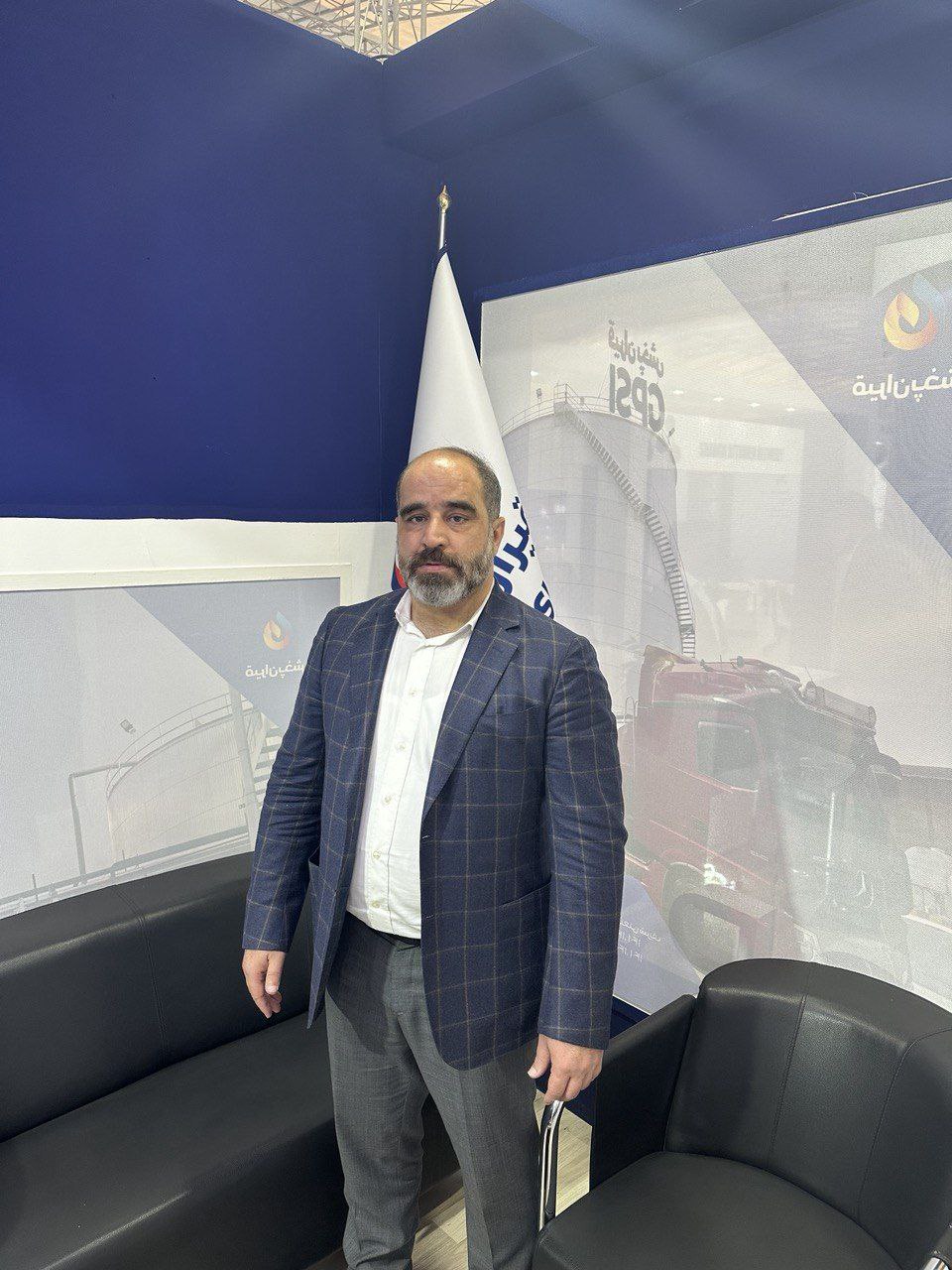Trending
The 16th Iranian Bitumen, Asphalt and Machinery Conference and Exhibition was inaugurated by Iran’s Minister of Roads on October 29, 2024 in Tehran. This bitumen and asphalt conference, considered one of Iran’s largest national events in this field, annually hosts the country’s leading producers, contractors, and stakeholders in bitumen and asphalt. Key topics in the conference included reviewing specialized and scientific papers by university professors, and offering scientific solutions and examining technical and operational aspects with a focus on the need for adopting modern technologies and artificial intelligence. The showcase of capabilities by private-sector manufacturers and distributors in this industry is also a notable aspect of this annual conference.

Experts believe that adherence to guidelines, regulations, and standards in the production and implementation of products is essential. This process must be standardized from start to finish, covering every step from design to the final stages of execution and operation. Additionally, the impact of overloading in transportation, which affects pavement integrity and load-bearing capacity, must be carefully considered and managed.
The need for comprehensive oversight in many asphalt projects helps prevent reliance solely on factories and ensures that materials remain consistent throughout the execution phase. For PG (Performance Grade) bitumen, there was a discussion on whether the exact specified bitumen is being supplied to projects or if it varies. In recent years, experience has shown that shifting towards modified bitumen is beneficial, as it significantly extends the useful lifespan of projects. In Iran, about one-third of the country’s bitumen production is allocated to government agencies, with approximately two million tons consumed domestically and another four million tons exported annually.
Mohammad Mahdi Heidari, head of the Road, Housing, and Urban Development Research Center and organizer of the conference, commented on the poor condition of the roads. He noted that, given limited resources and the significant gap between Iran’s maintenance costs and the global average, substantial efforts are being made in research centers to bridge this financial gap by employing advanced technologies to help offset some of this imbalance.

He stated that the most important initiative of the Research Center in recent years regarding bitumen and asphalt production has been the issuance of technical certifications, an area that also requires dedicated focus for asphalt factories. Last year, approximately 10 bitumen factories lacked laboratory facilities, but thanks to follow-ups, all of these factories are now equipped with suitable laboratory standards. Regarding bitumen transportation, he highlighted the addition of smart transport systems to ensure the delivery of high-quality bitumen to asphalt plants. With recent grading standards introduced, he announced that an A+ grade has been added to the rankings for bitumen production factories. Heidari further noted a successful application of the PCI (Pavement Condition Index) model in Iran’s Yazd province on the Ardakan to Naein route. This project, which has yielded positive results over the past 12 years, underscores the importance of relying on advanced knowledge and modern technologies.
Additionally, Davoud Mohammadi, head of the Iran Bitumen Association and honored at the conference as Iran's Distinguished Bitumen Figure of 2024, spoke in a panel on implementing a smart bitumen transport system. He recounted the history of the association, explaining that since 2016, there was a felt need to establish an organization to address the industry's professional demands. After continued efforts, the Ministry of Interior granted permission to establish the Iran Bitumen Association in 2019, and today it includes 75 domestic and export-oriented bitumen producers as members.
He highlighted the advantages of bitumen exports, noting that despite the numerous challenges and issues facing the country, bitumen production units contribute approximately $2 billion in annual foreign currency revenue for Iran.
The head of the Iran Bitumen Association noted the various applications of bitumen, stating that its primary use is in road construction projects, with a smaller portion also used in the production of waterproofing membranes (known as isogam in Iran).

Mohammadi then addressed the challenges faced by the Iran Bitumen Association, stating that the country's bitumen production units had claims against the government. One significant issue was a claim of 1,000 billion tomans, which was pursued and eventually settled with the establishment of the association.
He added that one of the current issues facing the association is the currency imbalance, which has been addressed through interactions with the Central Bank of Iran, with an agreement in place to resolve this problem.
The head of the Iran Bitumen Association remarked on the state of bitumen production in the country, stating that before 2011, bitumen was produced and transported traditionally, which led to numerous problems, including issues with heating and a decline in bitumen quality. However, following 2011, and with the implementation of mandatory regulations from the Research Center requiring companies to use double-walled tankers, these issues have been resolved. Currently, there are over 4,000 double-walled tankers in the country.
Mohammadi also discussed the smart bitumen monitoring system, noting that with the support of the management at the Research Center, starting from 2024, every producer is required to equip their bitumen transport tankers with laboratory sheets and subsequently send the bitumen to asphalt plants.
In conclusion, he highlighted the outlook for the 16th Bitumen, Asphalt and Machinery Conference and Exhibition, stating that the presence of bitumen production units at the exhibition has tripled compared to 16 years ago. This is very encouraging, as, despite the numerous challenges and problems, there has been consistent collaboration with the Ministry of Roads, Housing, and Urban Development whenever there has been a need for bitumen.
Seyed Hossein Mirshafi’, advisor and representative of the Minister of Roads and Urban Development for infrastructure affairs, stated at the closing ceremony of the 16th Bitumen, Asphalt and Machinery Conference and Exhibition: “Each year, we witness improved initiatives at the exhibition, and it is a point of pride that the combination of youth and experience has been achieved in this field, which effectively contributes to its dynamism.”
He continued: “In the Road Maintenance and Transportation Organization, which consumes the most bitumen and asphalt, there is also a noticeable youthful spirit that embraces new methods. The use of thin asphalt and new technologies promises high-quality asphalt and a reduction in project costs.
The advisor and representative of the Minister of Roads and Urban Development for infrastructure affairs emphasized that, despite successes in this field, there are still challenges that need to be addressed. One significant issue is the shortage of resources and the lack of order in project funding, which adversely affects execution quality and reduces fixed investments.

Mirshafi’ noted that in recent years, bitumen has been supplied in a centralized manner outside of the government’s allocation, leading to improvements in this area. He expressed hope that contractors' claims will be settled and that both employer and supervisory entities will ensure the quality of operations.
He also pointed out weaknesses in quality assurance, emphasizing that while there are not many regulatory issues in the execution phase, the guidelines are not updated timely. The main concern lies in the implementation of these regulations, as there is a lack of skilled technicians in the field. There are deficiencies from workers to asphalt plant operators, and resistance exists in the machinery sector, where, despite significant investments in infrastructure, the necessary tools are not being provided.
The world economy is at risk of having a severe financial crisis, which will be accompanied by a surge in unemployment rates and a stock and crypto m ...
Vladimir Putin has been concealing the grim reality of Russia’s war in Ukraine from his country.
A lesson learned the hard way: visibility as the key ingredient in software engineering career progression.